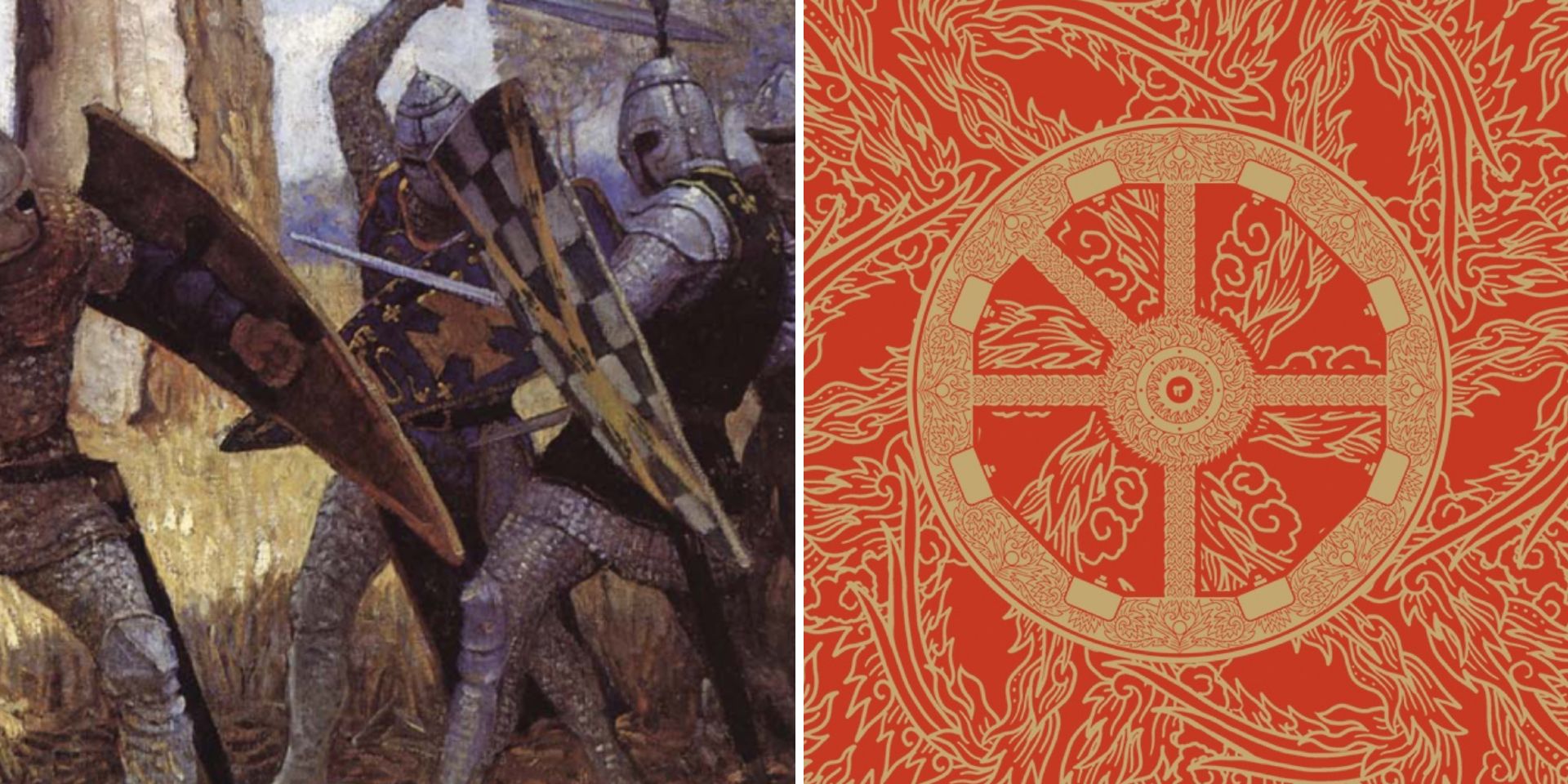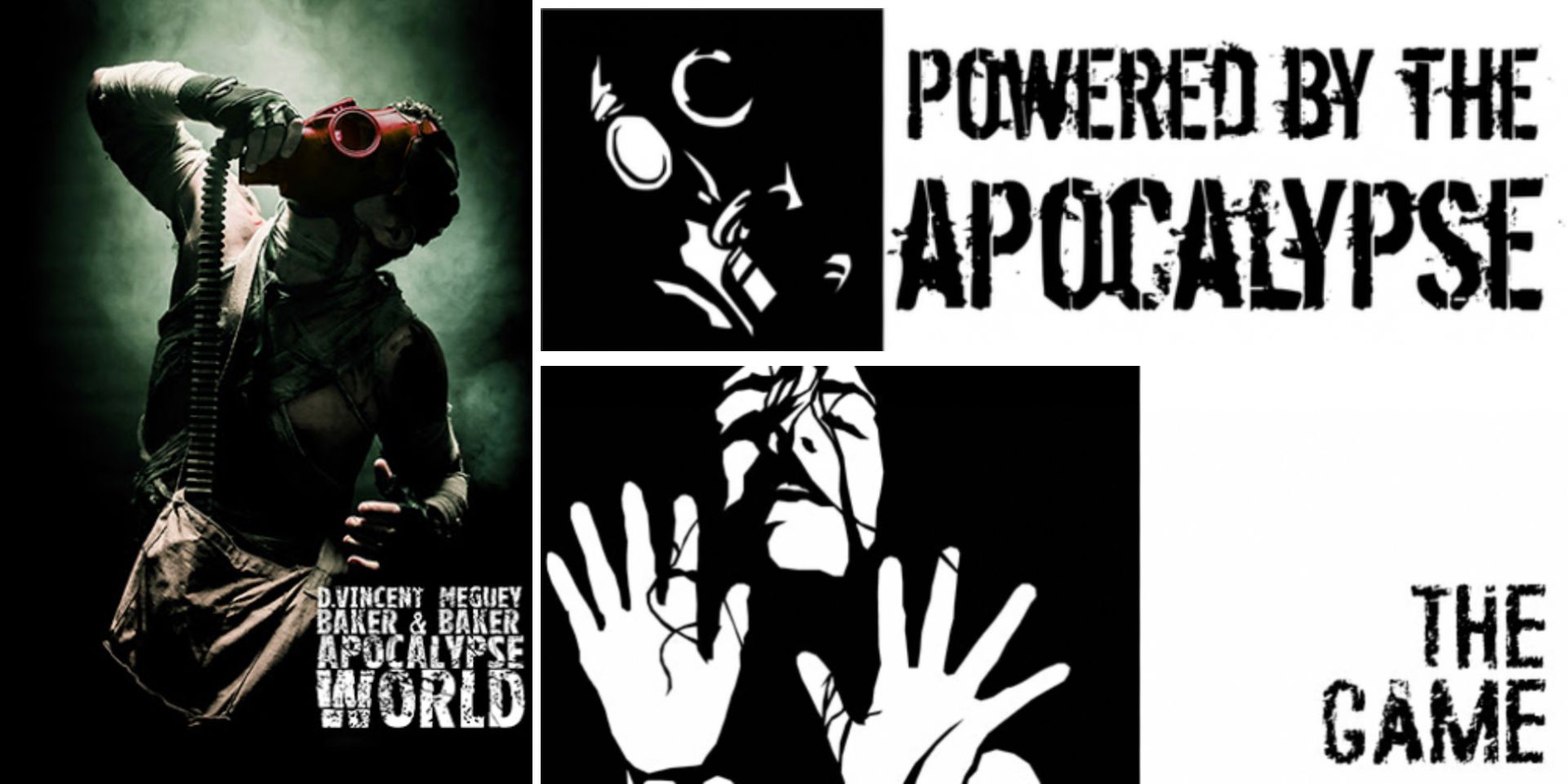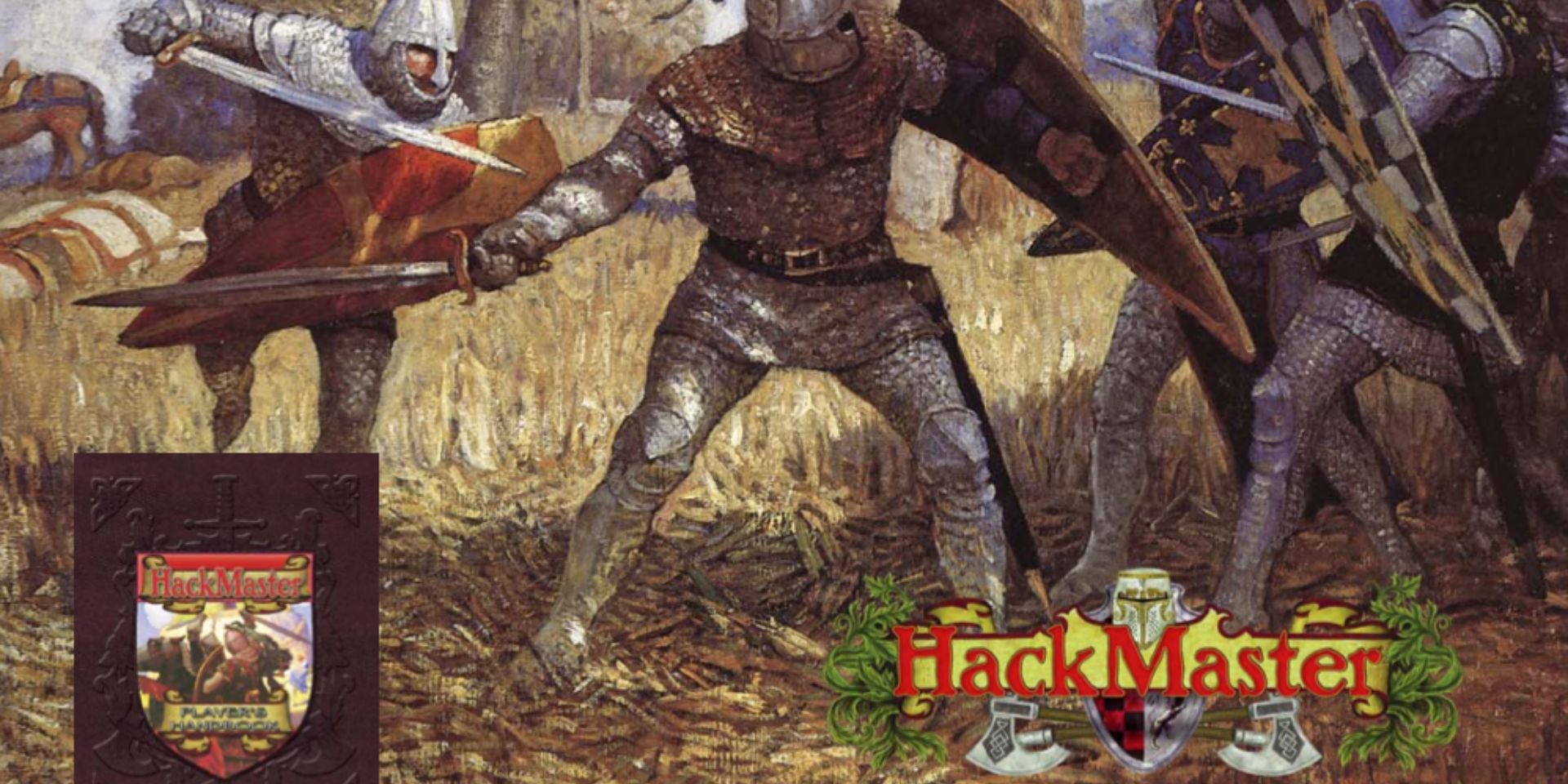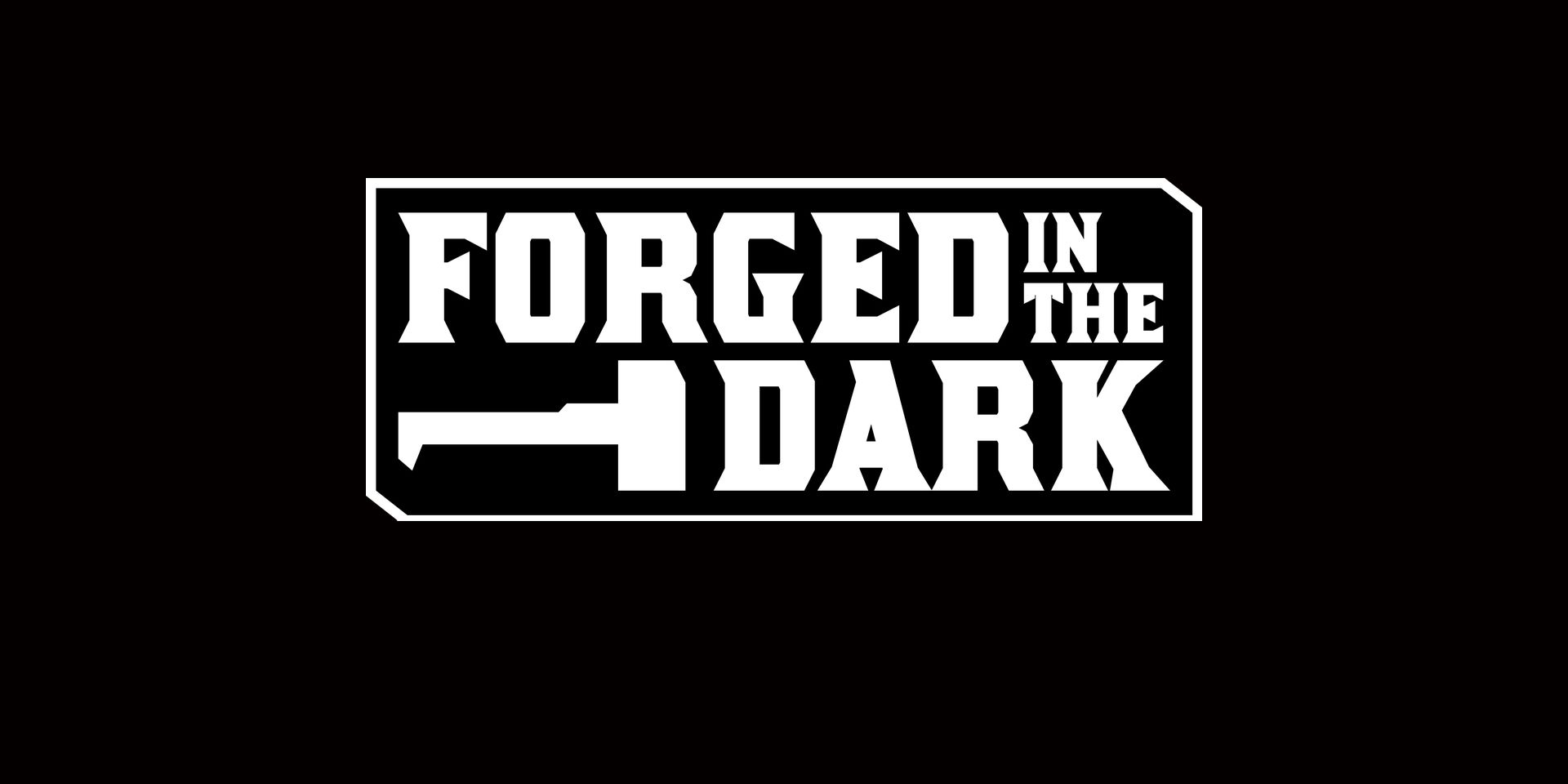Ever since the publication of Dungeons & Dragons, most tabletop RPGs (and a good number of computer RPGs) simulate conflict through "combat rounds" where player characters and NPCs take turns moving and acting. Some tabletop RPGs, in contrast, have combat systems that try to go beyond traditional turn-based rules, either through embracing free-form narrative combat or innovating new mechanics to shake up the traditional "action economy" of RPGs.
When combat or a similar life-or-death scenario ensues during an RPG campaign session, most tabletop RPGs will use a round-based combat system derived from classic Dungeons & Dragons. First, both players and the Dungeon Master/Game Master "roll for initiative" – that is, they roll dice and compare the attributes of PCs and NPCs to see who gets to act first, second, and so on. When a PC or NPC's "turn" comes up in the initiative order, the player or GM describes where the character moves and what action they take.
Over the years, several tabletop RPG game designers have tinkered with the turn-based combat rules popularized by D&D – some seeking to make combat more free-form, others trying to make in-game fights more realistic and dynamic. The following games are excellent examples of how tabletop RPGs can have combat rules unbound by "board game logic" that still immerse players in rewarding scenes of strife, tactics, and peril.
Combat In Apocalypse World And Other "Powered By The Apocalypse" Games
In Apocalypse World and practically every other RPG system using the "Powered By The Apocalypse" rule-set, there's no moment, mechanically, where players "roll for initiative" and switch to using special combat rules. In scenes of both peace and strife, the "Master Of Ceremonies" describes the game world and NPC actions, then asks players what their characters do in response. If a PC's actions or choices trigger a certain "Move," the "MC" asks the player to roll their dice, then narrates the outcome based on the rules listed in the Move. Combat-related Moves in most "Powered By The Apocalypse" RPGs are triggered when a PC responds to an enemy's threatening actions, then describes the damage PCs and/or enemies endure based on the dice roll total.
Combat In Hackmaster 5th Edition Is Different From D&D 5e
Hackmaster started out as a completely fictional game, a non-copyright infringing version of D&D played by a group of friends in the comic book strip Knights of the Dinner Table. This fictional game became real when Kenzer & Company published Hackmaster 4th Edition in 2001.
Hackmaster 5th Edition, published in 2011, blends old-school dungeon-crawling with an interesting take on traditional RPG turns. Combat scenes are counted out second by second, with both players and NPCs simultaneously getting a chance to move a few feet during each second, then initiate attacks every few intervals based on the speed of their weapon or spell.
Combat In Blades In The Dark & Other "Forged In The Dark" Games
Like "Powered By The Apocalypse" games, Blades In The Dark and other "Forged In The Dark" RPGs don't draw a distinction between combat and non-combat scenes in a game session. When a player wants to do something challenging, they make an Action Roll, rolling a pool of dice and incurring Stress and/or Consequences if the roll doesn't quite go their way. Special icons called "Clocks" can be used by the Game Master of a "Forged In The Dark" RPG to represent the progression of time or complex tasks (for example, a player making an Action Roll to pick a lock might check off 1 Spoke on a 4-Spoke "Locked Strongbox" Clock if they roll well.)
Combat In The Burning Wheel System Is Different From Turn-Based TTRPGs
The Burning Wheel system, frequently used for heroic fantasy RPGs like Mouse Guard, has mechanics well-suited for telling stories about flawed heroes with powerful motivations. Conflict in a Burning Wheel game is always a perilous endeavor, a narrative principle encouraged by unique rules for scenes of action. Unlike the classic "turn-based" combat rounds of Dungeons & Dragons, both the players and GM in a Burning Wheel game start a combat round by writing down the actions their PCs/NPCs take, then revealing their decisions at the same time.





